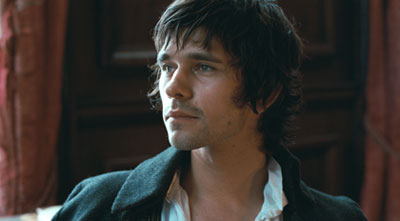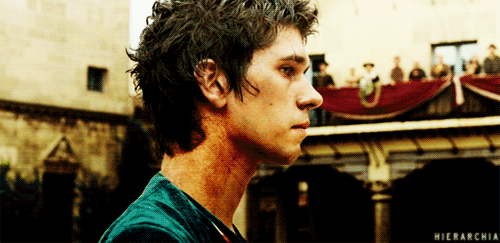In film making, shot compositions, sizes, and angles enhance how you tell your story. So it's better if you understand it deeper, regardless of your specifications. Director who have thorough knowledge on photography had upper hand in the film industry. Because short film usually requires people to be multi-tasker. So let’s begin the course.
The next one is camera position. In filmmaking, each cinematographer and director may has a slightly different definition of camera position, but the definitions are similar enough to warrant the following list of traditional division, which is Frontal View, Three-quarter View, Side View, and Back View. Camera position was based on 180 degree where the camera was placed around the actors. You can position the camera in different places around the subject as well.
Frontal view. A head-on frontal view makes us feel really engaged with the subject. Because logically, whenever we watch the result, we’ll find them stared directly to our eyes. It’s a good position to buld audience intimacy toward the characters.

Frontal view is often being used as a subjective shot too, where we see the person as if we’re looking through the eyes of another character.
And as the camera moves around further, we’ll become less involved. For example three-quarter view where the camera was placed three quarter beside the character to show three-quarter of their face. We’ll be a bit less involved to the characters because naturally, they didn’t face us and they are interacting with another object. They’re unaware of our presence.

Side view. It’s more as if we’re just watching them as an observer.

Back view. We’re seeing them from the view of a watcher. It may also being used as a mean to display that the character are ignoring another character; or they are upset and vulnerable and hiding their emotions.

No comments:
Post a Comment